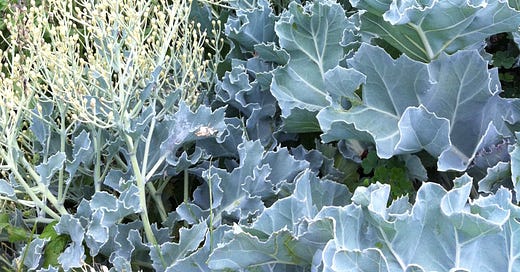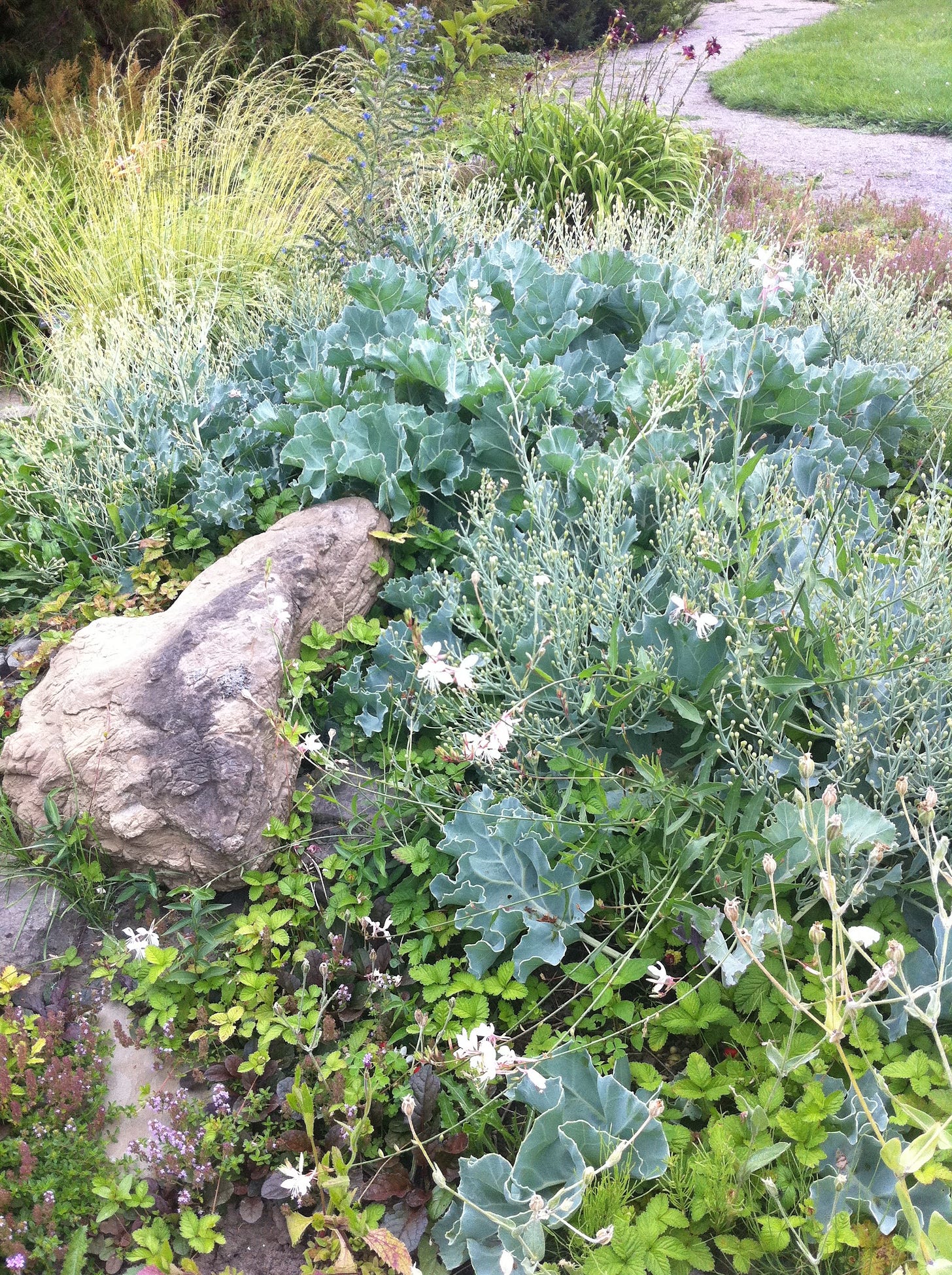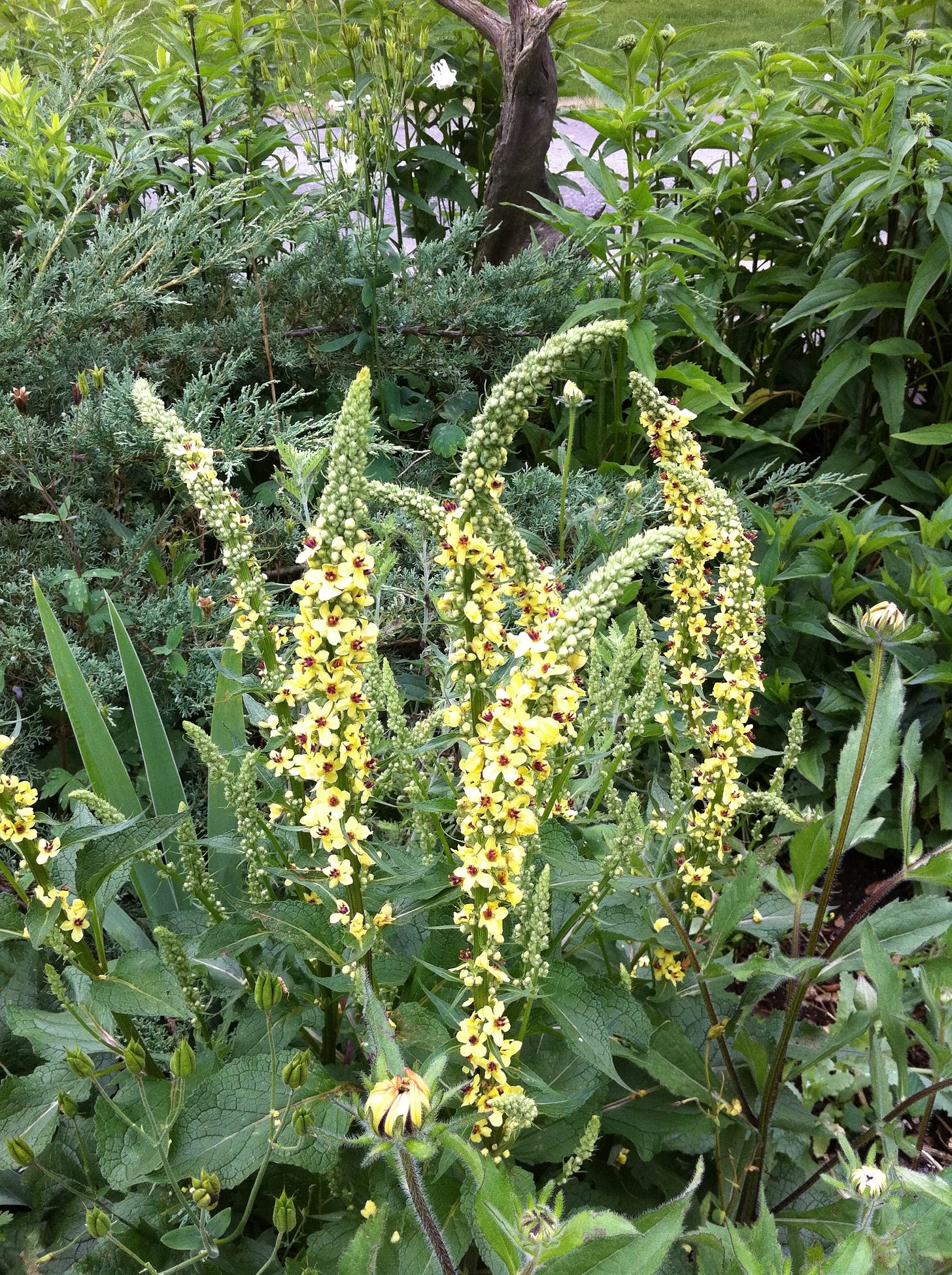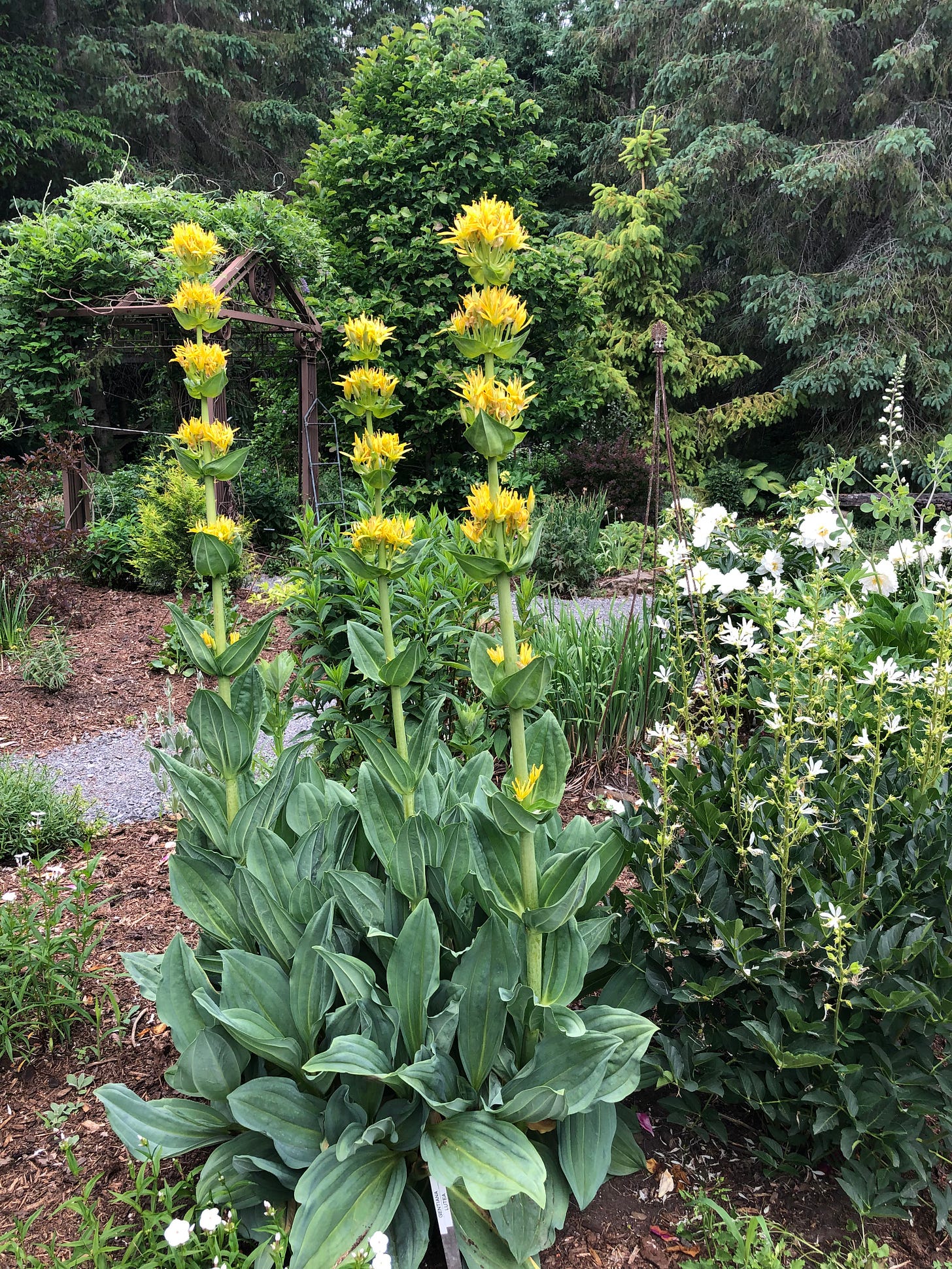Four off-beat plants to try
Be on the lookout for them at the nurseries or purchase seed and grow them yourself
Gardeners are always, and I mean, always, looking for the newest and best plant. I have, in my gardening life so far, been seduced by many, but also let down by others. I’ve thought a plant was stupendous and wondered why had no one shouted its beauty and perfection from the rooftops, only to be let down by a quality that brought me back to earth - its propensity to self-seed and invade everything else, an overly vigorous root system or something else that I wasn’t expecting. But that’s a story for another time.
I’d like to introduce you to some plants that you might not have seen before, let you know a little bit about them and why they’re so special. One of the reasons you may not have seen some of them before is that they have been considered ‘tender’ for our area — that is, not reliable to grow in our Zone 4 climate. But with the changes in temperatures that we’ve been experiencing due to climate change, I have found that Zone 5 plants will indeed grow here now, with some conditions being satisfied, that is.
Let’s start!
Two plants in this photo are stellar: the cabbage-y one in the foreground and the small ornamental grass behind it. (You’re going to ask now about the blue one to the right, aren’t you? Well, that’s Viper’s bugloss, aka Echium vulgare, a non-native “weed” in the borage family).
The cabbage-y one, with beautifully crinkled, glaucous blue foliage is called sea kale or Crambe maritima and indeed it does sit within the Brassica or cabbage family of plants. I took this picture right next to the sunken rockery garden at the Central Experimental Farm in Ottawa - this is where I met many plants before I became a plant lover and remains one of my favourite places to visit.
This Zone 5 perennial is hard to find in the trade, but you can buy the seed here and grow it yourself. I did find it several years ago at a local specialty plant nursery and recall it took a few years for it to really settle in. I planted it on a south-facing terraced garden, with good drainage and in soil that was not overly fertile. I didn’t fuss about protecting it during the winter months. The garden has now changed hands but I should go visit it and see if it’s still there. Last time I looked it had gotten huge, which was exactly what I was hoping for!
Sea kale hearkens from the British Isles, Ireland and coastal regions of northern Europe. It is always found near the seaside, hence its species name ‘maritima’, and is salt resistant. The fleshy, kind of rubbery, indulating leaves can grow up to 3’ tall at maturity and although it is a long-lived perennial, it will take 5 to 8 years to flower from seed. Its flowers are small and on wiry stems, appearing in mid-summer and resembling baby’s breath or sweet alyssum, both in their appearance and in the latter’s fragrance. It provides a beautiful foil for other, more ethereal plants, especially grasses.
That brings us to the ornamental grass in the foreground which is a dwarf form of the variegated purple moor grass, Molinia caerulea ‘Variegata’. It is a well-behaved and luminous grass, especially when it sends up its wands tipped with wheat-like seed heads that sway in the breeze. It reaches no more than 32” in height, with about an 18” breadth; it favours some relief from a full’s days worth of sun and needs its roots to remain moist. I’ve grown this one in full south-facing locations and as such, it does require mulching and supplemental watering in the hottest of summers, but it is a very satisfying little grass.
Now you’d be forgiven if you thought that this plant looks like a cross between a salvia and foxglove, albeit yellow, but it is neither. It is an ornamental variety of mullein called Verbascum chaixii, or nettle-leafed mullein, which grows naturally in central Europe in thin, chalky soils exposed to sunshine all day long. Some sites indicate that it is Zone 6, but I did see it growing in a wild-ish rural garden just outside Ottawa, hence the photo above. I also grew it from seed as part of my studies at Algonquin College, while in the horticulture program there.
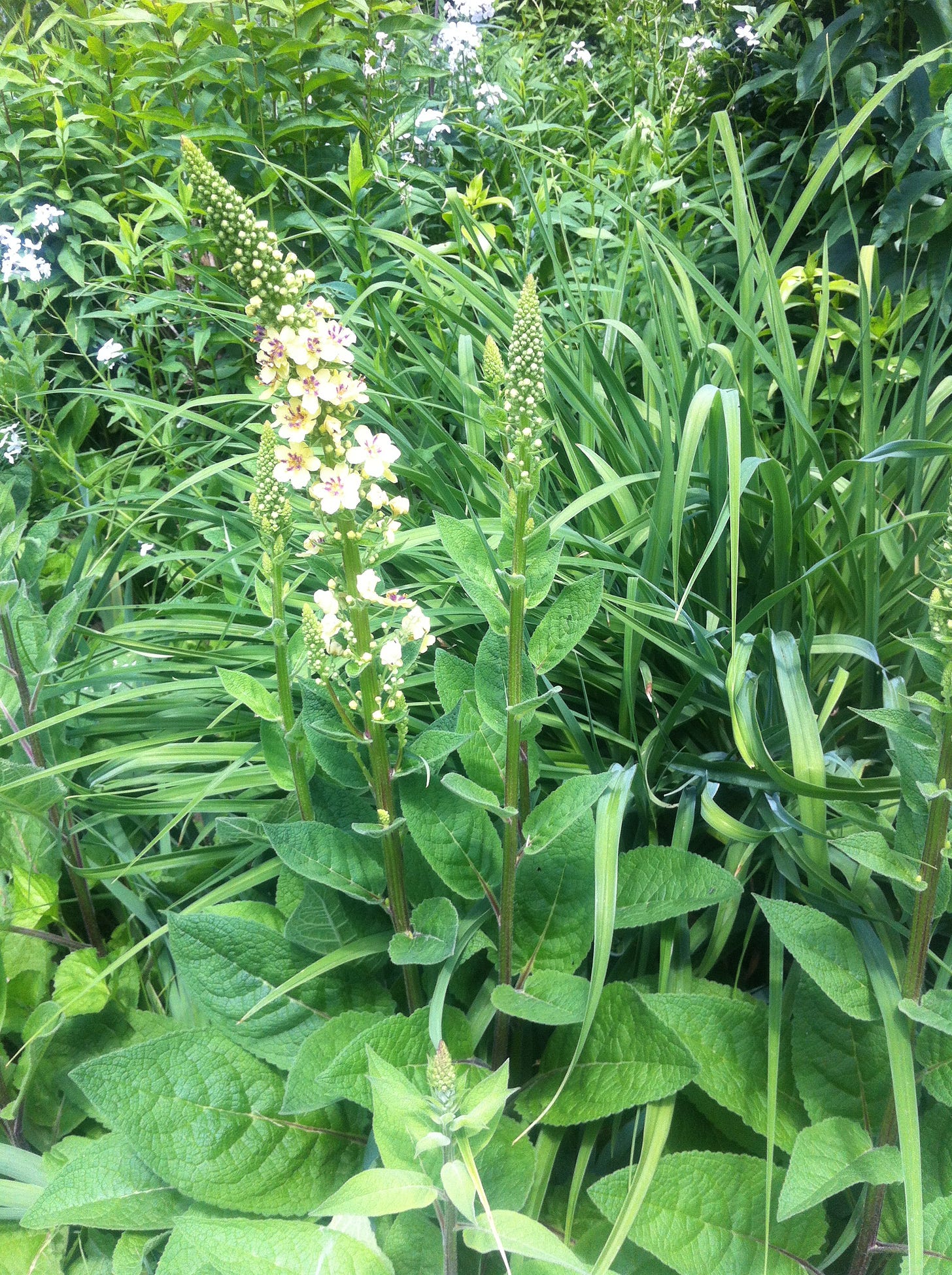
Unlike its wild cousin, Verbascum thapsus (the great mullein), it is a proper perennial and grows to an ultimate height of 3’ (with up to 5’ tall flowering spikes) when fully mature. It is a plant that you don’t need to, indeed, don’t under any circumstances, coddle because if you give it soil that is too rich or too moist, it will collapse and need staking — there’s nothing worse than seeing a plant like this staked!
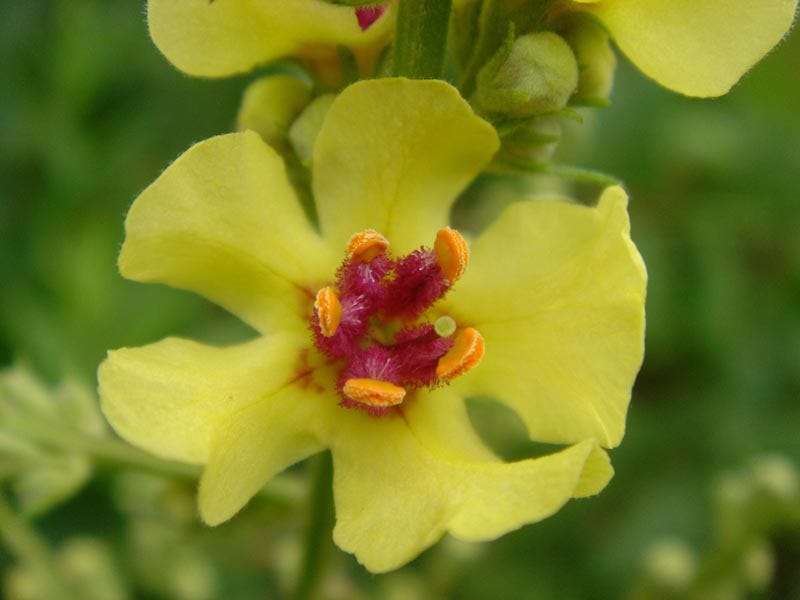
This mullein is also a very good plant to grow if you want to attract pollinators, mostly bees. It will bloom from mid to late summer, the flowers opening from the bottom of the spire upwards, like foxglove, which contributes to its delicate appearance. And similarly, once you have it, you can let it be and it will self-seed for you — giving you this lovely easy-care plant every single summer from thenceforth. If you’d like to try it, you can find the seed for this variety of mullein, as well as others, here, or if you want the white form (V. chaixii ‘Wedding Candles’) or another yellow blooming species (Verbascum roripifolium), you can find their seed to purchase here.
But wait! I’ve found a local source! If you want to see a mature clump of V. chaixii growing and blooming away on the edge of a gravel driveway, thriving in hot temperatures with no supplemental watering, AND attracting a veritable hive of bees, watch this video. This is from a new local seed purveyor called Seeds of Imbolc that I’ve just found north of Guelph (Fergus, Ontario ) and they sell two varieties of mullein, V. chaixii ‘Sixteen Candles’ (that’s the yellow one in the video linked to above - click on the name to go to the site) as well as V. chaixii ‘Wedding Candles’, the white cultivar. I think this business deserves a closer look later…stay tuned.
I saw this tall yellow blooming plant for the first and only time last summer at the display gardens at Suzanne Patry’s Whitehouse Perennials in Almonte. Last night I looked and looked and looked online to try to figure out what it was, LOL, and then finally saw that there was a tag at its base, barely visible in the photo! I zoomed in on it and found my answer — Gentiana lutea.
I was sure that it was either a Phlomis or a cup plant or some kind of native wildflower but I am astonished that it is a gentian. You see, that’s because the gentians I know look like this:
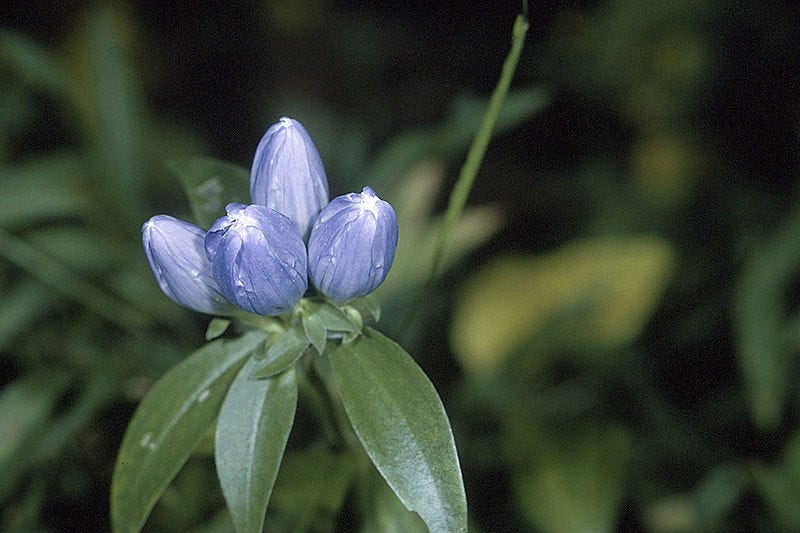
Seriously??
The great yellow gentian is found naturally growing in grassy alpine or sub-alpine meadows in central and southern Europe and had a history of being used for brewing, before hops, that is. As you can clearly see, it is an incredibly striking and statuesque plant and makes a real statement in the garden.
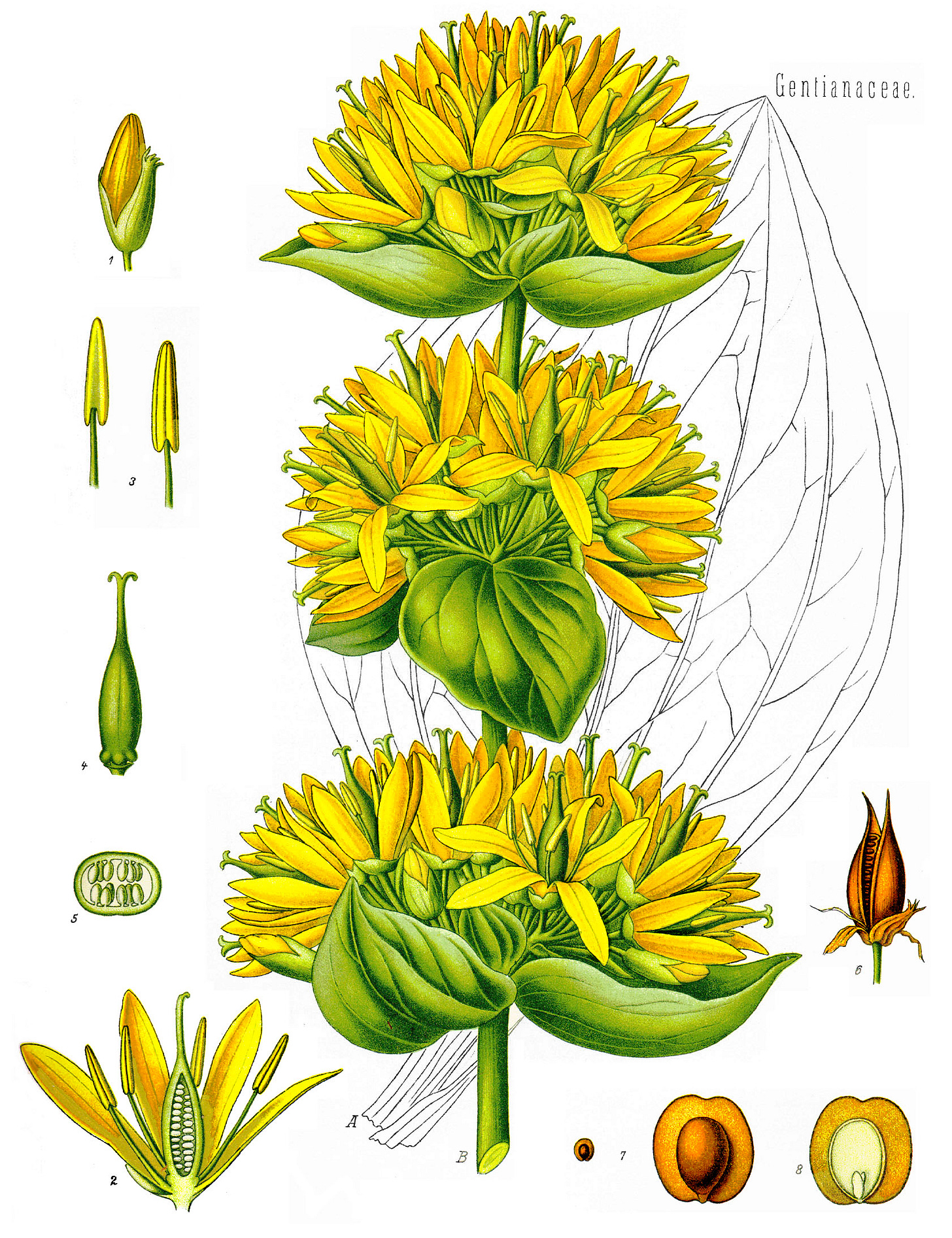
It needs moisture though; think of it as a giant yellow primula, growing streamside or in a location where it can sit enjoying a consistent drink, getting afternoon shade or filtered sun all day - MY idea of heaven actually. In Suzanne’s display garden, it sits next to a Dictamnus, which wants full sun for much of the day, but if it is well mulched as it is here, it can thrive quite well. Gentiana lutea is a slow growing plant and can take several years before blooming, and because it has a large tap-root, it does not transplant well so you need to site it thoughtfully as you don’t want to change your mind and have to move it.
This plant is not among the usual suspects at perennial nurseries so you may have to either grow it yourself from seed or haunt certain nurseries to see if they might be able to source young plants for you. The seed source that I’ve found here indicates that it blooms in late spring but other sources say July to September - I think the latter is more accurate. And since it says that it will grow 3’ tall, let’s just say they’re not paying attention. But it’s the foliage that really bowls me over.
You can buy seed here.
I hope you have enjoyed these unusual plants and I hope to show you more later….
